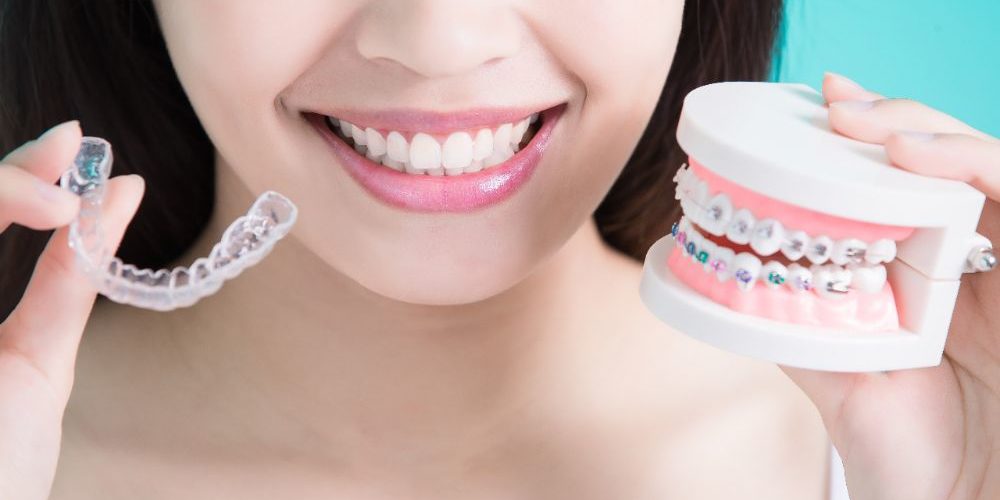Orthodontic is a branch of dentistry that treats malocclusion, a condition in which the teeth are not correctly positioned when the mouth is closed. Failure of some adults to undergo this treatment in their early age cost them their bad smiles as a result of orthodontic problems which are best treated at an early stage; childhood.
As many as there are kids that need the attention of orthodontic, parents seem to be in between “now – later” time to when the treatment should be done. There are lists of dental clinics and offices that sensitize parents and give the right time for kids to be treated for orthodontic, topping the list is Sterling orthodontics.Parents have always wished there’s a lay-down age for orthodontic treatment to be carried out. They’ve met disappointment over the years and I’m here to reiterate it that it won’t be their last meeting.
The reason is that Growth and development vary among individuals which include the kids. The expert from orthodontist Sterling VA recommended that parents should have their children between the age of 7 and 10 years visit a specialist for a proper dental assessment.
Know this rightly, the early orthodontic assessment will forever be a great move for parents and most importantly children that would undergo the treatment.
Why should you go for an early orthodontic evaluation?
Should you have the best of your kids in mind, it is only normal to go for early evaluation on orthodontics. However, there are pressing issues that should necessitate immediate orthodontic attention. Read through these signs and be vigilant to observe and identify them if it ever happens to your kids.
- Protruding front teeth or overcrowded teeth
- Missing or impacted teeth
- Deep bite or overbite
- Asymmetrical teeth
- Mouth breathing
- Biting or chewing difficulties
- Premature loss of baby teeth because of trauma or decay
- Snoring
- Thumb-sucking
- When to Bring a Child to an Orthodontic Evaluation
Often times, orthodontic treatment begins between ages 8 and 14 because as the child is growing, being treated would produce the optimal result. Therefore, it is recommended to bring a child to their first orthodontic evaluation between ages 7 and 10 years. It is best at this age because it is about this age that kids have a mix of baby and adult teeth which is helpful to the orthodontist to determine if the kids have any developing problems like any of those that are listed above. During this evaluation, orthodontists after examining the children would be able to tell if treatment is needed or if not. For a trusted and professional result, parents can visit Sterling orthodontics.
Importance of Early Orthodontic Treatment
Early orthodontic treatment subtly is the first phase of orthodontic treatment and is rightly followed by continuous treatment as your kids grow older. Let’s get to the basics, what really are the benefits of having your kids visit an orthodontist at an early age? Read on as we wish you some benefits below.
- It helps create enough space for crowded teeth to erupt. This is easily addressed at the age of 6 or 7, right before permanent teeth grow and the jaw gets expanded.
- It helps improve facial symmetry. With the use of braces, crooked and misaligned teeth are corrected.
- Another important benefit is that; it helps reduce the risk of protruded teeth. Children with damaged front teeth are treated with braces.
- Physical and emotional trauma is a big deal for children in tender age. Early orthodontic treatment helps prevent such trauma that could cause by poorly positioned front tooth.
- It helps correct speech obstruction resolution
- Early orthodontic also helps reduce phase II treatment time.
Let’s get back to the theme, the truth is that, there is no right or best age for a kid to receive orthodontic treatment, the most important is for them to have orthodontic attention at a very early age in order to prevent future orthodontic problems or defections. Orthodontist Sterling VA is the most trusted, experienced and qualified clinicians to manage jaw and tooth alignment problems through braces as commonly used.

